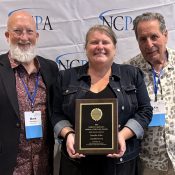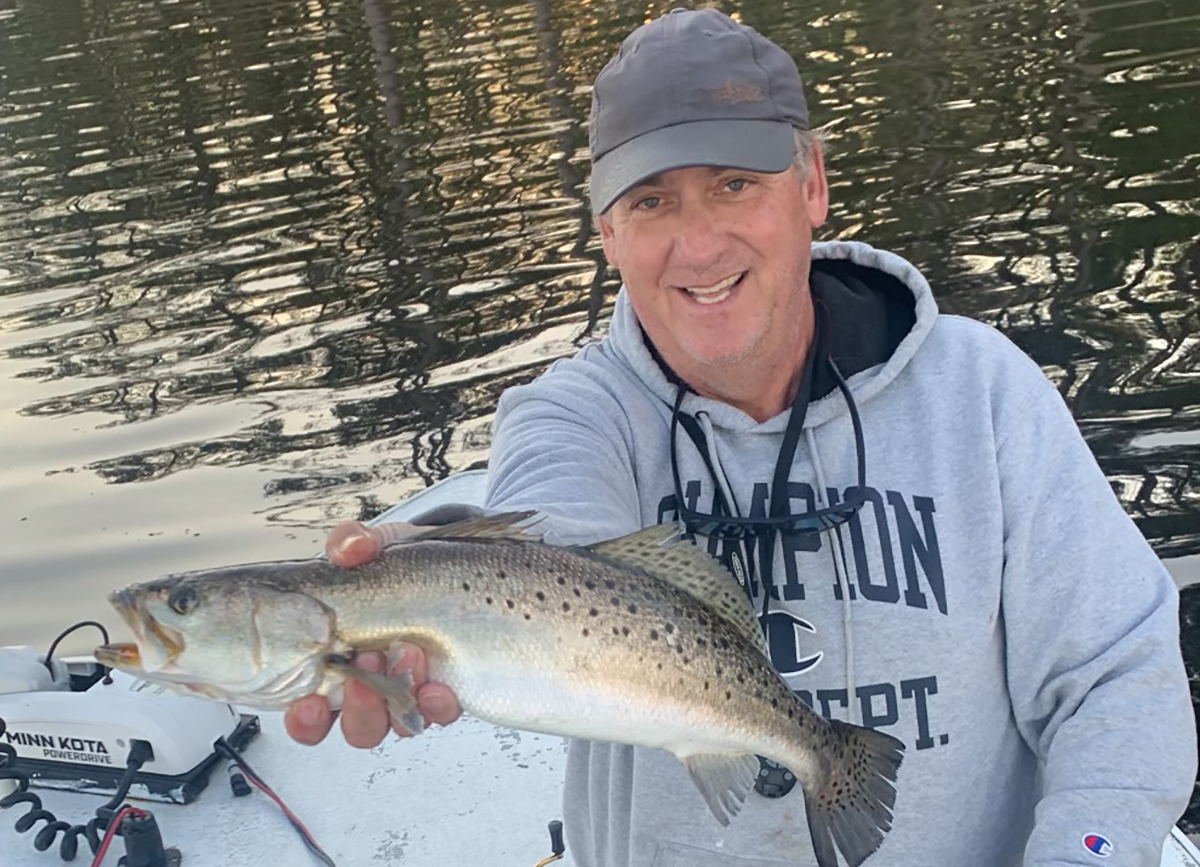
WILMINGTON — Deepening the Wilmington Harbor would disperse PFAS now mingling in the riverbed’s sediment into marshes and onto public beaches, accelerate erosion, exacerbate flooding, destroy habitat, and is not economically justified, area residents said during a state-hosted public hearing.
Many who spoke at the North Carolina Division of Coastal Management’s hearing in downtown Wilmington Monday night argued that the federal draft environmental statement released by the U.S. Army Corps of Engineers earlier this fall fails to fully examine potential impacts associated with the proposed project.
Supporter Spotlight
The draft study examines different alternatives for the North Carolina State Ports Authority’s to accommodate larger container ships at the Wilmington port.
The preferred alternative selected in the study calls for deepening the harbor from 42 to 47 feet, widening the channel in multiple areas, and extending the ocean entrance to the river. These changes would accommodate vessels that can carry 14,000 20-by-8-foot shipping containers, ports officials say.
But several of the nearly 20 people who spoke argued that the proposed project would not benefit the local economy, and its environmental harms would drastically overwhelm any associated economic benefits. About 70 people attended the hearing.
“This project is a poor economic decision given the massive cost compared to the miniscule benefits,” said Jessica Hardee, an attorney with the Southern Environmental Law Center. “The cost of deepening the harbor and the channel is projected to be over $1 billion. However, the only noted benefit of this project are cost savings to international shipping companies who use the port, not North Carolina or local communities. This project provides little benefit to the Wilmington area and North Carolinians while also threatening significant damage to the coastal region.”
One striking absence from the study is how churning up and moving per- and polyfluoroalkyl substances, or PFAS, in the sediment of the lower Cape Fear River might affect the environment, animals that rely on that environment, and human health, some speakers said.
Supporter Spotlight
“Even though we all know that there’s PFAS in the sediment of the river, the Corps says we can’t consider that because it’s not a regulated chemical,” said Wilmington resident and geologist Roger Shew.
But PFAS, or similar chemical compounds of which there are more than 14,000 used to make a host of consumer goods from food containers to stain-resistant clothing and carpet, will be regulated by the time the channel would be deepened in the early to mid-2030s, he said.
“And since 15 million of the 35 million cubic yards of dredge material will be used as beneficial placement in marshes on our area beaches, we should know the content of that sediment and potential impacts with sediment placement,” Shew said. “A core function of an (environmental impact statement) is consideration of potential harm. Therefore, they should and must include PFAS in the study.”
A study published late last month found concentrations of 56 PFAS in blood samples obtained from 119 Wilmington residents between 2010 and 2016.
Two chemical compounds – TFA and PFMOAA – were the dominant PFAS in the samples, “despite their likely short half-lives in the human body,” according to the study.
TFA, or trifluoroacetic acid, and PFMOAA, or perfluoro-2-methoxyacetic acid, are ultrashort-chain PFAS, which are the smallest type of PFAS and hardest to remove from drinking water sources.
The blood samples examined in the study were obtained before the public was made aware in 2017 that an upstream industrial facility had been discharging PFAS directly into the Cape Fear River, the drinking water sources for tens of thousands, since the 1980s.
“While current TFA and PFMOAA levels have likely decreased substantially from those in the historical blood serum samples evaluated here as a result of mandated discharge controls at the upstream fluorochemical manufacturer, this study, along with other recent studies, highlights the importance ultrashort-chain PFAS can play in determining the overall human PFAS burden,” the study states.
Wilmington resident Kaiti Sheehan said the fact that PFAS is not considered in the draft environmental impact statement, or DEIS, “is a slap in the face to residents who are paying for a $42 million granulated active-carbon filtration system and still facing the health consequences that have come from 40 years of contamination from our upstream bad actor.”
“I do genuinely hope that you will look and you will see how much the community has come out tonight in recognition that this is bad for Wilmington and this is bad for North Carolina,” she said.
Others raised concerns about how deepening the harbor to allow for larger ships to travel the 28 miles upriver to the port would increase erosion on the string of bird islands that pepper the lower Cape Fear River and the riverbanks themselves.
The Cape Fear River supports almost 30% of the state’s nesting American oystercatchers.
Audubon North Carolina’s Lindsay Addison, a coastal biologist, said she and her staff are on the Cape Fear River two to three days a week between March and August and at least once during each of the other months of the year.
“We have seen progressively the impacts of the larger and larger classes of ships coming up the river,” she said. “We saw larger, more severe wakes. The DEIS does not take this into account. The Corps, in its beneficial use plan, talks about maybe putting sediment on 2 miles of the shoreline.”
Birds nest on high-tide lines, Addison said. Waves created by a large ship’s wake push water “like a tsunami” over nests and sweep nests away.
“There is no model in the DEIS that accounts for this,” Addison said. “There is no data collection in the DEIS that accounts for this. In fact, there’s no new data collection in the DEIS. They’re relying on data that was already collected. They told us in the stakeholder meeting, flat out, that they’re not going to collected new data so impacts to the migratory birds in the DEIS are not taken into account.”
officials with the Division of Coastal Management, which is under the N.C. Department of Environmental Quality, announced Monday night that the public comment period on the draft study has been extended from Nov. 3 to Dec. 20.
Written comments may be mailed to Federal Consistency Coordinator, 400 Commerce Ave., Morehead City, NC 28557, or emailed to Federalconsistencycomments@deq.nc.gov with “Federal Consistency: USACE Wilmington Harbor 403 Navigation Project” in the subject line.
More information on the proposed project is on the Corps’ website.







